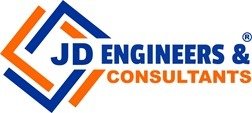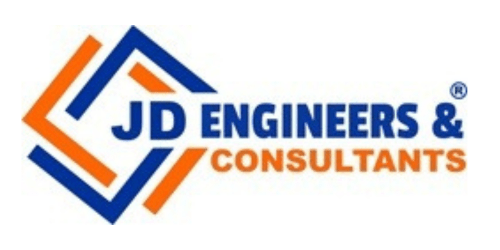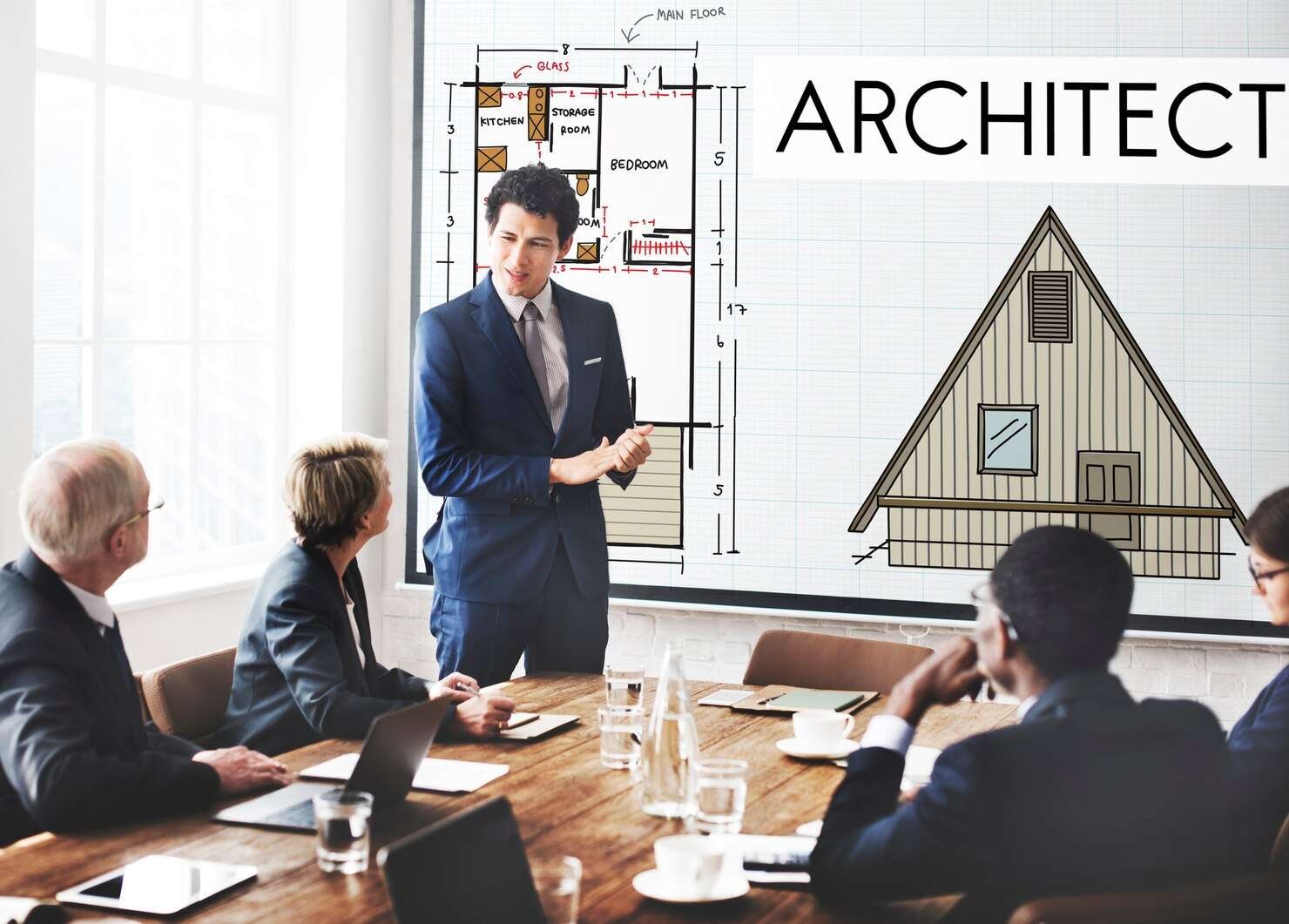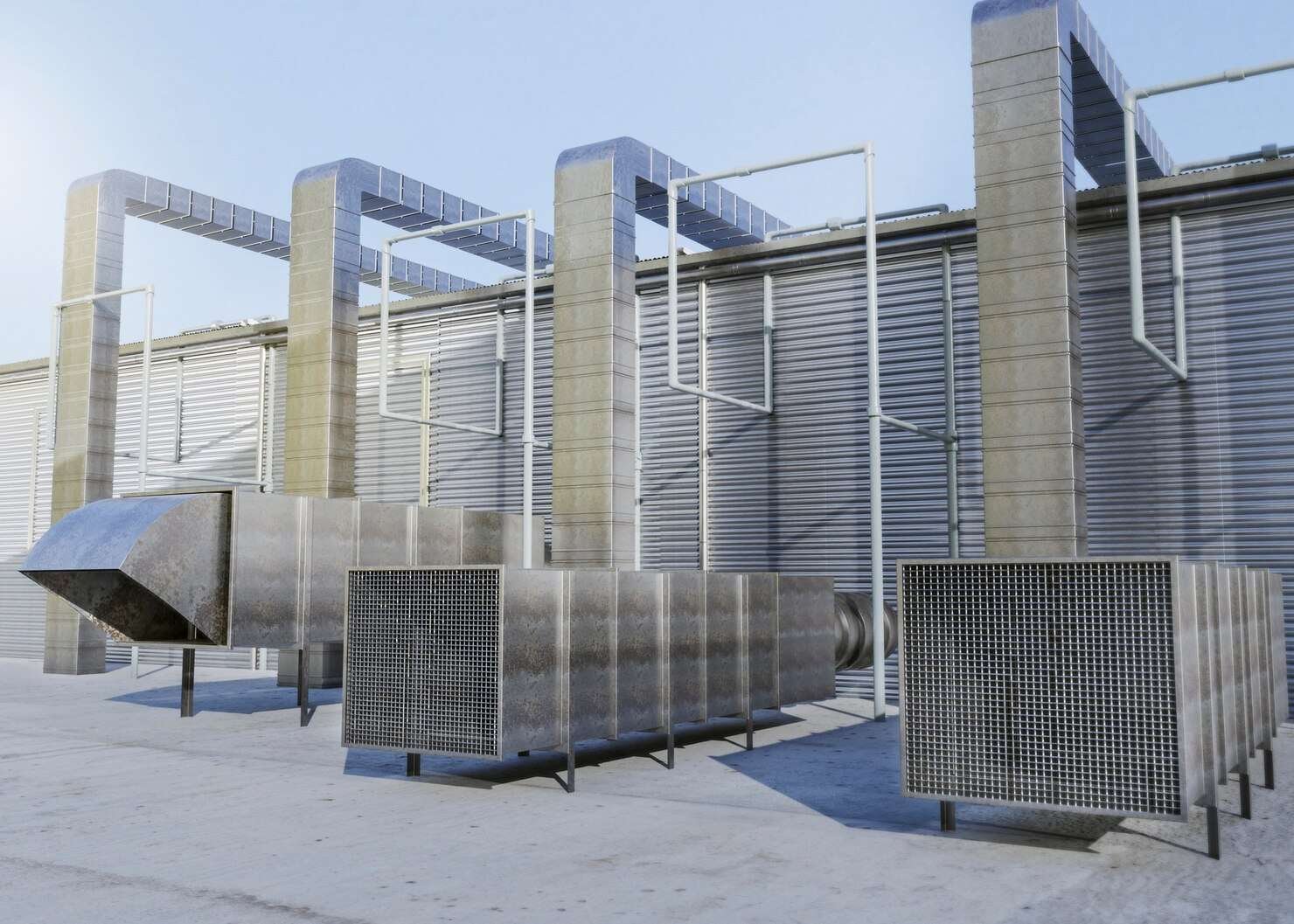What Is HVAC and How Does It Work in Buildings?
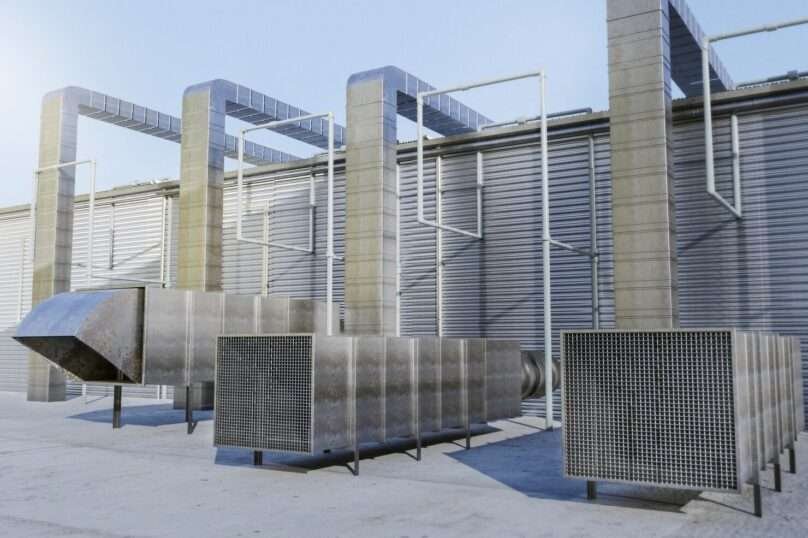
Have you ever wondered how large buildings stay cool in summer, warm in winter, and fresh all year round — no matter what’s happening outside? The answer lies in a technology you experience every day but rarely see: HVAC.
HVAC — short for Heating, Ventilation, and Air Conditioning — is the beating heart of every comfortable and energy-efficient building. It keeps air moving, filters out dust, balances humidity, and maintains ideal temperatures. Without HVAC, buildings would be unbearable, inefficient, and unhealthy.
In this complete guide, JD Engineers & Consultants, a trusted Engineering Solutions Provider, explains what HVAC is, how it works, and why it’s essential for modern buildings. You’ll learn about system components, building management systems (BMS), efficiency tips, and even how HVAC consultants like us design smarter, greener spaces.
If you own, manage, or design buildings — or you simply want to understand how comfort is engineered — this guide is for you.
What Is HVAC?
What Does HVAC Stand For?
HVAC means Heating, Ventilation, and Air Conditioning. It refers to the integrated system that regulates a building’s indoor environment — controlling temperature, humidity, and air quality.
Why HVAC Is Important
HVAC is more than comfort — it’s about health, productivity, and energy savings.
- It provides clean, breathable air by removing dust, CO₂, and allergens.
- It maintains ideal indoor temperatures, improving comfort and performance.
- It protects equipment, furnishings, and building materials from humidity and heat damage.
- It supports energy-efficient and sustainable operations.
That’s why every modern structure — from homes and offices to hospitals and factories — relies on HVAC systems designed by professional hvac mechanical engineering consultants like JD Engineers & Consultants.
Core Components of an HVAC System
To understand how HVAC works, let’s look at its main components.
1 Heating System
The heating section keeps interiors warm when outdoor temperatures drop. Common components include:
- Boilers / Furnaces – Generate heat using fuel or electricity.
- Heat Pumps – Transfer heat from outside to inside using a refrigerant cycle.
- Heat Exchangers – Move heat from one medium (air or water) to another.
2 Cooling System
The cooling system removes heat and humidity, maintaining comfort during warmer months.
- Compressor – Pressurizes refrigerant gas.
- Condenser Coil – Releases absorbed heat to the outdoors.
- Expansion Valve – Reduces refrigerant pressure and temperature.
- Evaporator Coil – Absorbs heat from indoor air, cooling it.
3 Ventilation System
Ventilation ensures air movement and quality by replacing stale indoor air with fresh outdoor air. It includes:
- Ducts & Fans – Distribute and return air.
- Air Filters – Trap dust and allergens.
- Diffusers & Vents – Control airflow direction.
4 Control Systems
The control system — often part of a building management system (BMS) — monitors sensors, thermostats, and actuators to maintain setpoints and efficiency.
From thermostats to advanced automation, controls make HVAC smarter, more efficient, and responsive.
How HVAC Works in Buildings
The HVAC process may seem complex, but it follows simple principles of heat transfer and air movement.
Step-by-Step Operation
- Air Intake: Return ducts pull indoor air back to the system.
- Filtration: The air passes through filters to remove contaminants.
- Heating/Cooling: Depending on season, the air is heated or cooled using coils and refrigerant.
- Distribution: Conditioned air travels through ducts and vents into rooms.
- Exhaust & Ventilation: Stale air is expelled; fresh air is brought in.
This continuous cycle ensures optimal indoor comfort and air quality
Role of Building Management Systems (BMS)
What Is a BMS?
A Building Management System (BMS), also known as a Building Control Management System, is a computerized control system that manages a building’s mechanical and electrical operations — including HVAC, lighting, fire safety, and security.
How BMS Works with HVAC
The BMS acts as the brain of your building’s mechanical systems. It connects all major HVAC components — air handlers, chillers, boilers, sensors, and valves — for centralized monitoring and control.
For example, if indoor CO₂ levels rise, the BMS automatically increases ventilation. If occupancy drops, it reduces cooling to save energy.
Benefits of BMS in HVAC
- Energy Efficiency: Optimize equipment operation and reduce waste.
- Cost Savings: Prevent overuse and lower utility bills.
- Predictive Maintenance: Identify faults before breakdowns occur.
- Comfort & Productivity: Maintain stable, healthy environments.
JD Engineers & Consultants, one of the top building management system consultants, integrates BMS and HVAC seamlessly, creating smarter and greener buildings.
Types of HVAC Systems in Buildings
1 Central HVAC Systems
Used in large commercial and residential buildings. Central systems use chillers, boilers, and AHUs (Air Handling Units) to supply conditioned air or water throughout the building.
2 Split and Packaged Systems
Common in smaller buildings or specific zones. They include outdoor condensers and indoor evaporator units for independent control.
3 Variable Refrigerant Flow (VRF) Systems
A modern, energy-efficient solution using a single outdoor unit connected to multiple indoor units with variable refrigerant control.
4 Hybrid Systems
Combine traditional systems with renewable energy (like solar heat pumps) for greater sustainability.
Each system type requires tailored design and commissioning by qualified mechanical engineering consultants to ensure performance and compliance.
Efficiency & Maintenance Tips
Efficient HVAC systems save money, energy, and the environment. Follow these professional tips from JD Engineers & Consultants:
1 Correct System Sizing
Oversized systems waste energy; undersized systems fail to perform. Conduct accurate load calculations before installation.
2 Regular Maintenance
- Clean filters and coils regularly.
- Check refrigerant levels and duct leaks.
- Calibrate thermostats and sensors.
Routine care can extend system life and prevent costly breakdowns.
3 Smart Controls & Automation
Use a building management system solution or programmable thermostat to schedule operation and control zones based on occupancy.
4 Energy Recovery Systems
Install energy or heat recovery ventilators to reclaim heat or coolness from exhaust air.
5 Air Quality Monitoring
Integrate IAQ sensors with your BMS to track CO₂, VOCs, and humidity for healthier spaces.
By following these practices, building owners can reduce energy consumption by 20–40% while enhancing comfort.
HVAC & Building Management Integration: The Future of Smart Buildings
Modern HVAC isn’t standalone — it’s a part of a connected ecosystem.
Smart buildings use BMS Building Maintenance Systems that communicate in real time with HVAC, lighting, and power systems. Artificial intelligence and IoT sensors allow for predictive maintenance, where issues are fixed before they cause failures.
For example, if an air handler’s energy usage spikes, the system flags it automatically. This approach improves uptime, lowers energy bills, and ensures optimal performance.
As one of India’s leading building management system consultants, JD Engineers & Consultants provides advanced building management system solutions that integrate seamlessly with HVAC systems for maximum efficiency and reliability.
FAQs About HVAC Systems
Q1: What’s the lifespan of a commercial HVAC system?
Typically, 15–20 years for central plants and 10–15 years for smaller units, depending on maintenance.
Q2: How often should HVAC systems be serviced?
At least twice yearly — before the cooling and heating seasons. Regular service ensures reliability and energy efficiency.
Q3: Can a BMS improve an older HVAC system?
Absolutely. Retrofitting a BMS can automate outdated systems, monitor performance, and significantly reduce operational costs.
Q4: What’s the difference between HVAC and air conditioning?
HVAC covers heating, ventilation, and cooling — not just air conditioning. It manages complete environmental control.
Q5: What should I do if my air conditioner stops cooling?
Check filters, power supply, and thermostat settings. If the problem persists, contact a professional air conditioner repair service like JD Engineers & Consultants.
Conclusion
HVAC systems are the unseen heroes of modern life — quietly keeping us comfortable, healthy, and productive. From simple homes to massive industrial facilities, efficient HVAC and intelligent building management systems are vital to sustainability and cost savings.
At JD Engineers & Consultants, we bring decades of expertise as an Engineering Solutions Provider specializing in:
- Engineering consulting services
- HVAC mechanical engineering consulting
- Building management system design and integration
- Air conditioner repair and maintenance
Whether you’re planning a new building, upgrading existing infrastructure, or seeking ways to cut energy costs, our team of experts can deliver optimized, future-ready solutions.
Contact JD Engineers & Consultants today to discuss your HVAC or building management system project. Let’s create energy-efficient, intelligent, and comfortable environments together.
